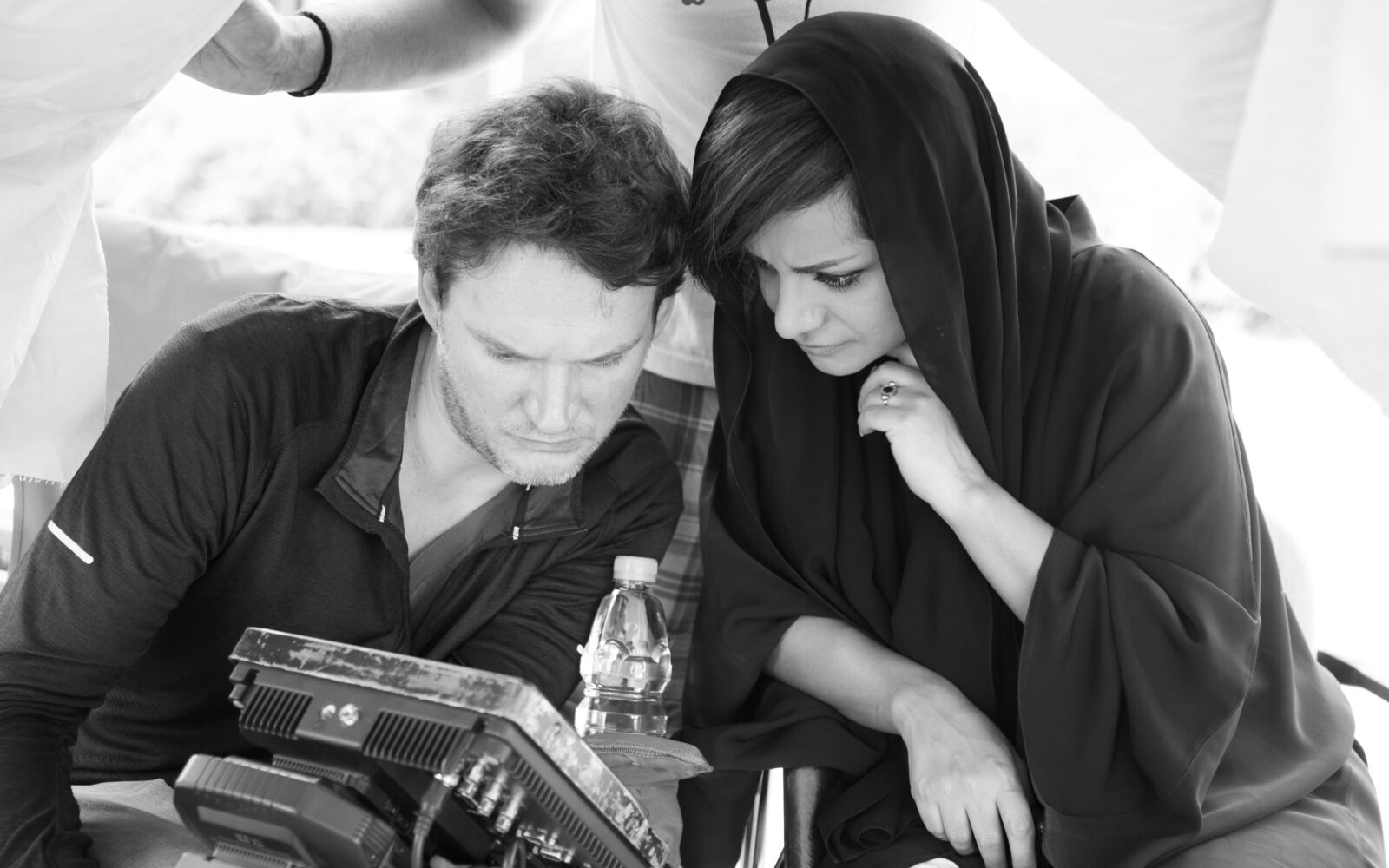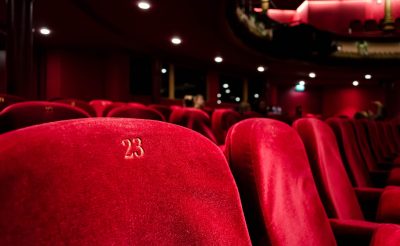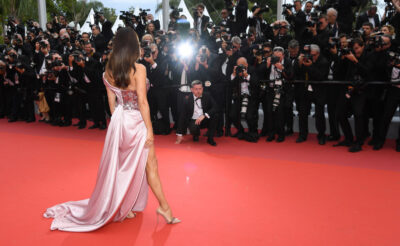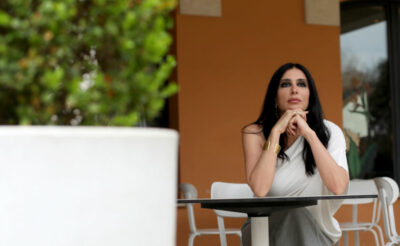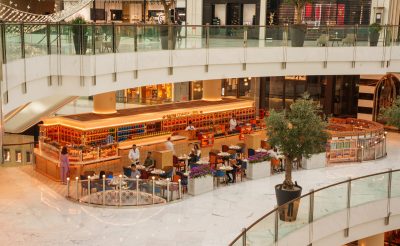As global attention turns towards the cinema of the Middle East, MOJEH speaks to the change-makers shifting tired stereotypes through their on-screen stories
The once rigid social and cultural boundaries of the Middle East are in flux, and typifying the tide of change is Saudi Arabia, a country moving rapidly towards its 2030 vision. Culture forms a large part of the Kingdom’s transformational plans, an area of keen focus outlined in its ambitious agenda which aims to reduce the country’s dependency on its oil reserves. “We are well aware that the cultural and entertainment opportunities currently available do not reflect the rising aspirations of our citizens and residents,” states the official 2030 website, citing this disconnect as a motivator to support and stimulate future cultural happenings. So far, the country’s far-reaching programme of social reforms has seen mixed- gender concerts, fashion shows and visits from a wave of smiling western celebrities including John Travolta, Katie Holmes and Idris Elba. But beyond this dazzling backdrop, a deeper transformation is happening.
Tumultuous politics and social restrictions can be accused of stunting the growth of regional cinema, but now it seems that the value of culture, and cinema in particular, has dawned upon policymakers. As the doors of a Riyadh theatre swung open last April, the country celebrated the end of its 35-year ban on public cinema. Now, a year later, Saudi Arabia has announced the Red Sea International Film Festival, an annual event that will spotlight emerging talents from the Arab world and Global South, presenting new trends in storytelling to international audiences.
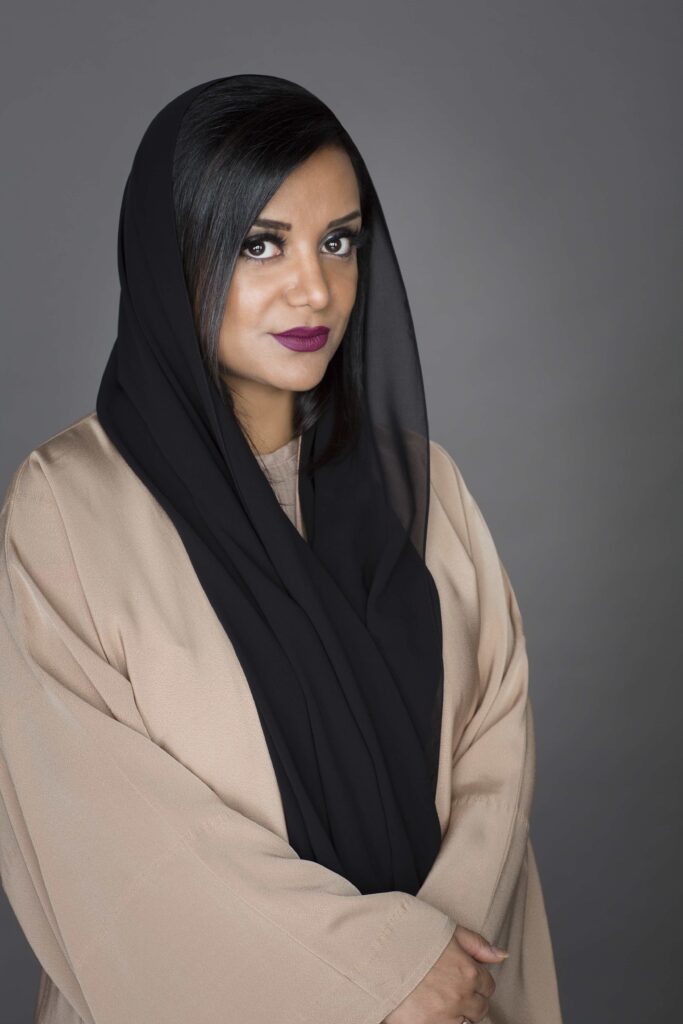
Award-winning Emirati filmmaker, Nayla Al Khaja
“Saudi is a sleeping giant, that will soon wake up. And when it does, the whole region will feel its tremble. It will bring colour, life and humanity to this region through films,” predicts Nayla Al Khaja, 41, who was the first ever female Emirati film director and has gained multiple awards throughout her 20-year career, as she captured the human sentiments of her native UAE on camera. Her 2016 short suspense-thriller Animal (Haywan), for example, turns the camera around, reflecting on her own experiences. Animal makes uncomfortable but revealing viewing: the tale of a narcissistic father who dominates his meek wife and child, inspired by Nayla’s upbringing. Nayla, along with her contemporary, Saudi director Haifaa al-Mansour, pioneered a culture for Gulf cinema when there was nothing. The pair bucked societal norms and took risks during the early 2000s, to lay the foundations for the filmmakers of the future.
“They plan to open more than 400 screens within the next four or five years,” says Nayla. “It’s mind-blowing! It’s true that Saudi Arabia is opening up a whole new segment for its economy, but more importantly, the government will provide the country’s filmmakers with grants to produce four feature films each year. Through this initiative the lesser known stories, that are important to the Gulf, will be brought to life, and through screenings at festivals like Berlin and Venice, they will reach international eyes and ears for the first time.”
Global enthusiasm for Middle Eastern cinema is apparent on both sides of the camera. This year’s Toronto International Film Festival’s programming includes Here and Now: Contemporary Arab Women Filmmakers, a retrospective of works by nine award-winning female directors, while Hollywood has been handing out the awards. A first for the Arab world, Egyptian-American Rami Malek’s critically-acclaimed portrayal of Freddie Mercury in Bohemian Rhapsody earned him the prestigious Best Actor award at this year’s Academy Awards, while 45-year-old Lebanese filmmaker Nadine Labaki has set the bar for aspiring women who want to break into the male-dominated business.
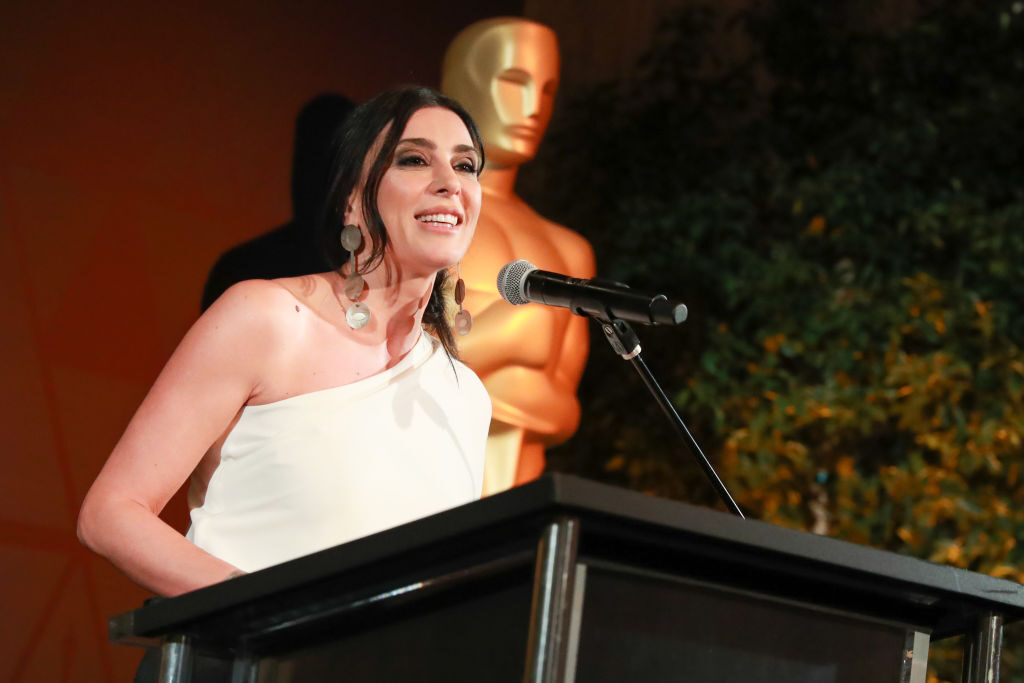
Lebanese filmmaker Nadine Labaki at the 91st Annual Academy Awards (Photo by Rich Fury/Getty Images)
“What I love about her work is that it holds real social and cultural stories,” says Afra Al Marar, aged 33, who unites cinematic talent from the Arab world through her company, Toaster Productions. Her Emirati-led, Abu Dhabi-based production house has spinballed into an encompassing entity that offers everything from script development to production, casting, direction, sound design, and special effects. It’s a hub of new ways of working – reflective of the fresh desires of a new generation. “Nadine is an inspiration for so many women in the Middle East,” she enthuses. “We’re so proud of her achievements.”
To her followers, Nadine must seem unstoppable. In March 2019 she was named president of the Un Certain Regard jury at Cannes. Reflecting on her days as a film student at the festival, Nadine said: “Back then, it seemed so out of reach to me. I remember getting up early in the morning and the endless queues to get a ticket. It seems like yesterday, but it was 15 years ago that I filled in the Festival de Cannes’ Cinéfondation registration form, my heart full of hope and my hand shaking.”
The director, actress and screenwriter has since produced three feature films that have catapulted her to international acclaim. Her most recent offering, Capernaum, is embedded with the narratives of Beirut, where she and her music producer husband Khaled Mouzanar spent three years pounding the pavements of impoverished neighbourhoods to form the basis of the research for her film. The result is a poignant manifesto detailing childhood abuse, poverty, displacement and failing social structures. The countries encompassed within the transcontinental territory that defines the Middle East are both diverse – extending far beyond the Arab world – and distinctly defined by individual cultures and values, but as Nayla points out, Arabs on-screen have been unfairly typecast as the three Bs – “billionaires, bombers and belly dancers” – which makes films like Capernaum all the more important. It’s a chance to offer another side to the story, one that can more accurately relay a multifaceted reality.
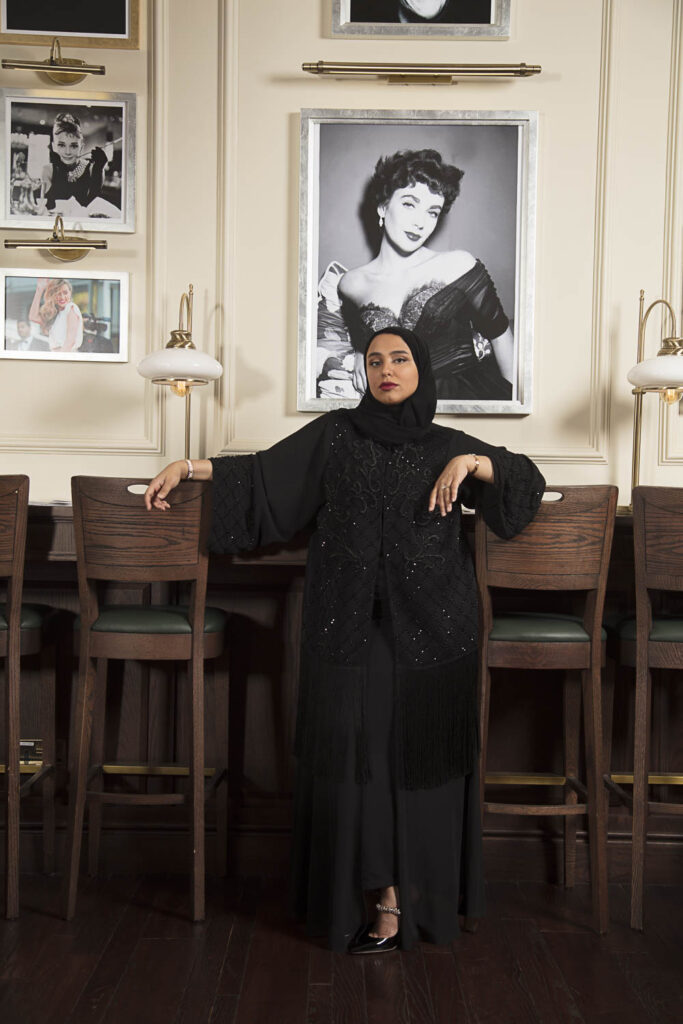
Emirati filmmaker and owner of Toaster Productions, Afra Al Marar
“It’s showing rather than telling,” says Afra. “Our filmmakers present an insider’s viewpoint, exploring our culture, rising feminism, ongoing social issues, daily routines and authentic lifestyle – beyond the Hollywood portrayal.” With longstanding traditions of folklore and storytelling, film should come as second nature to the region, but many of its proponents have faced adversity in getting the message out. “The thing that hinders us most is censorship,” explains Nayla. “We can’t be worried about boundaries and red tape if we are to truly express ourselves.”
Censorship has become a roadblock in recent years, frustrating filmmakers in countries like Iran and Saudi Arabia, but it’s important to remember that the Middle East has offered audiences complex and compelling cinema for more than a century. Egypt, in particular, has been there since the start. In 1896, the first short films of the Lumière brothers were screened in Alexandria, less than a year after their debut in Paris, solidifying the country’s position as a pioneer of cinema. Often referred to as the ‘Hollywood of the Orient’ the 1940s, 1950s and 1960s were widely considered to be the golden era of Egyptian cinema. Not only was Egypt one of the region’s biggest exporters of films, it also succeeded in breaking through language barriers, familiarising other Arab-speaking nations with its particular dialect. Actors like Omar Sharif who is best known for playing Sherif Ali in Lawrence of Arabia (1962) and Faten Hamama who was fondly referred to as ‘The Lady of the Arabic Screen’ were also fundamental in placing Egypt on the global stage – before mismanagement and corruption saw its ‘golden era’ grind to a halt.
Despite government intervention, Iran’s innovative filmmaking continues to flourish at the festivals, known for its stark minimalism and emotional pull. The film industry in Iran remains one of the most active in the world, producing nearly 100 features each year. Its trajectory can be traced from its origins at the East India Company film studios (with early films shot in what was formerly known as Calcutta) to the international film festivals of today. Poet Forough Farrokhzad’s short documentary, The House is Black (1962) was seminal: shot on location in a leper colony, she paved the way for new modes of storytelling that fused fact with fiction. Once the floodgates were opened, Iran welcomed a wave of daring and at times politically- charged cinematography, giving rise to such masters as Asghar Farhadi, Jafar Panahi and Abbas Kiarostami. The revolution saw media, in all its forms, heavily monitored, so the country’s films were often smuggled out for foreign screenings, while other Iranian directors chose to operate in exile.
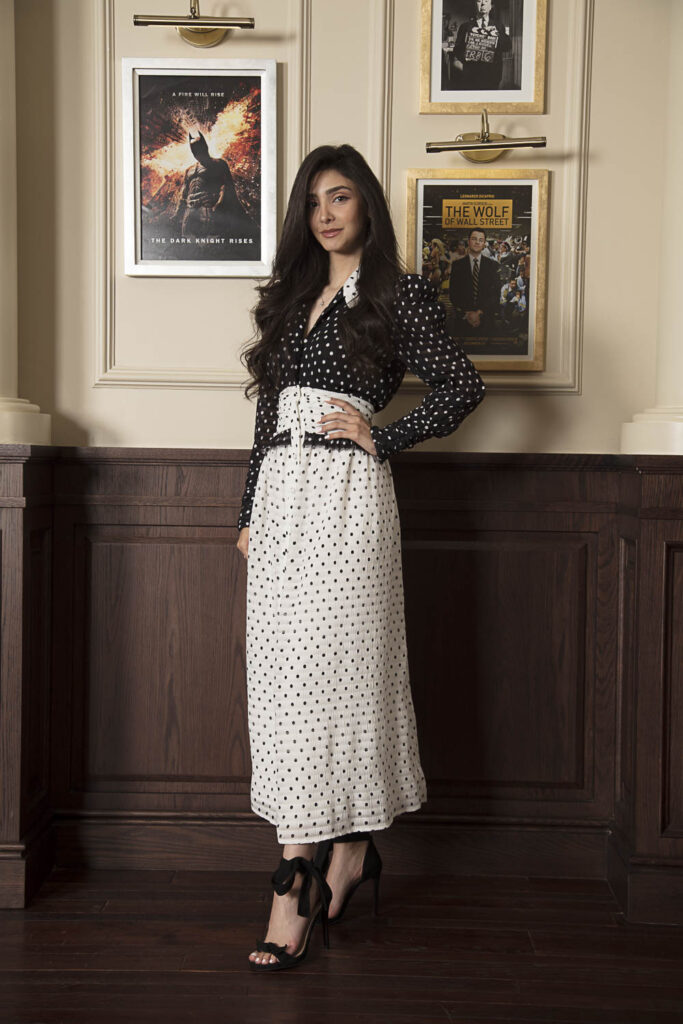
Syrian director Salma Azzam
“The Middle East is an adventurous ground,” says 41-year-old Iranian screenwriter and director Nima Javidi. “The people of Iran have been engaged in many adventures and experiences which have become a fertile ground for creativity. In other words, I believe our art comes from lived experience. For instance, my childhood saw the Iran-Iraq war, one of the longest of the past century. I have the ‘lived experience’ of those difficult days as a part of my childhood. I read the diary of Polanski some time ago, which may make us think the suffering and danger he endured as a child was not fair. But the truth is, this was part of his ‘lived experience’, and it made Polanski who he is. I believe the events we’ve endured over the last few decades has made the current creativity coming out of the Middle East even more compelling.” So what does the next generation of creatives make of their opportunities? Director Salma Azzam, 22, is following in Nadine’s footsteps, soaking up the current wave of positivity surrounding Middle Eastern cinema and preparing for her fourth stint at Cannes this month.
“Attending the festival in 2016 was a turning point,” she recounts. “For an 18-year-old Syrian, it was life-changing. I applied for my first film there in a heartbeat, after my mentor told me to not only give myself a chance but also give my art a voice.” Salma’s short thesis film, Life’s Notes, was written, directed and edited by her, and details the dilemma of Adam, a street musician who struggles to take care of his sick, blind wife, while paying the bills. The film earned her a place in the Short Film Corner at the 69th Cannes Film Festival in 2016. “My first involvement with the festival created a new beginning for me as a filmmaker, and with it came a feeling of immense responsibility.”
A few years ago, society may not have deemed ‘director’ or ‘screenwriter’ a suitable career choice for an 18-year-old Syrian female, but groundbreakers like Nayla and Nadine have succeeded in presenting alternative pathways. “Growing up, my parents were my biggest supporters,” says Salma. “They really pushed me to refine my artistic talents.”
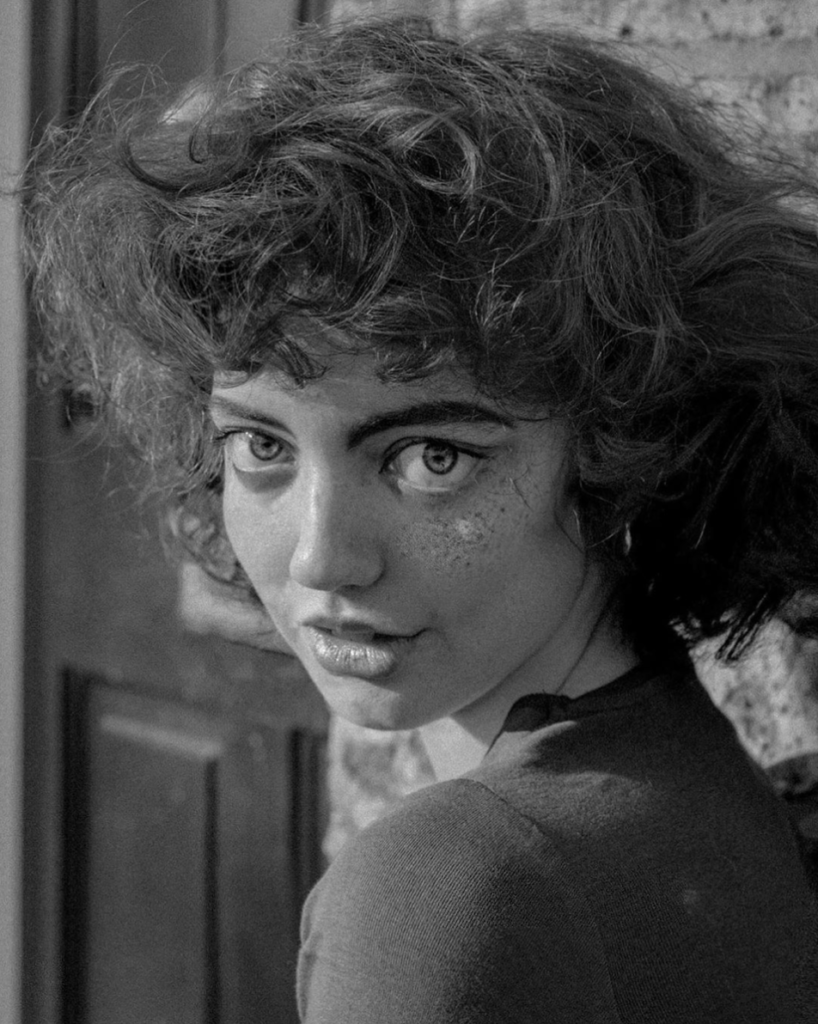
Irish-Iraqi film obsessive and model, Róisín Tapponi
As well as changes in social attitudes, which make cinema an appealing career choice for a new generation of females, other shifts including new technology, globalisation and mass migration create unprecedented and compelling subject matter and renegotiate the way we consume media itself. Instagram, for example, is an instantaneous and far-reaching way that female filmmakers in the MENA region can spread their news globally. Habibi Collective is an account created by 19-year-old Irish-Iraqi film obsessive and model, Róisín Tapponi, who is part of Loewe’s S/S19 campaign. Her feed is packed with visual treasure and provides an in-depth education on the lesser known but dynamic female talents that have shaped the screens of the Middle East. Mary Queeny, proto-punk and influential Lebanese producer, is one such example, and the film Hamama (2010) directed by Nujoom Al-Ghanem, is another. It documents the mesmerising life of UAE living legend Hamama, a 90-year-old spiritual healer and the world’s most notorious shaman and Arab witch.
“Growing up in the countryside I had no exposure to cinema, I didn’t even know anyone who watched films,” says the University College London student. “It all came from books, the Internet and Instagram,” she smiles. “I was this strange child in the west of Ireland secretly watching Abbas Kiarostami’s films all night. I started making a film log in 2015, documenting every single film I watched, and I still add to it! I’m very attracted both academically and practically to curating and archiving, so I guess this log was a sort of hyper-textual precursor to the visual archive of Habibi Collective. I just started the Instagram account, and it blew up pretty quickly, within a few weeks I was involving myself in the Palestinian Film Festival, London’s Open City Docs and ICA festivals. People started contacting me, and I realised this is the content that young women want.”
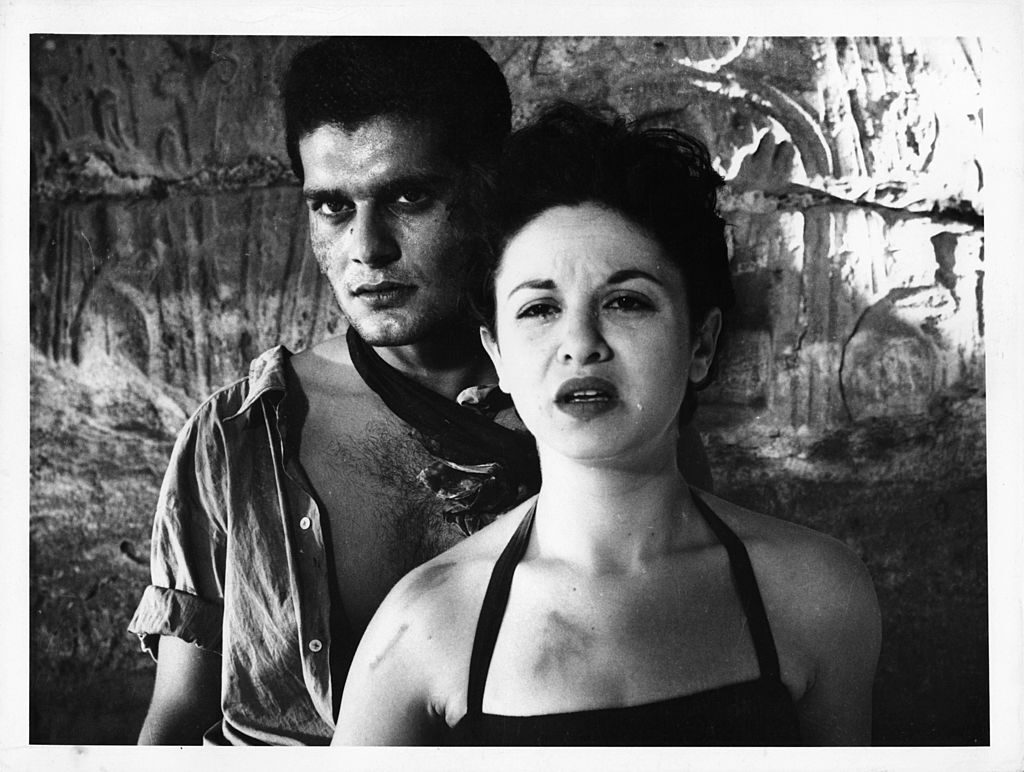
Omar Sharif and Faten Hamama in Siraa Fil-Wadi, 1954. (Photo by Nile Cinema Company/Getty Images)
Róisín is clearly fascinated by crossovers and hybridity. “I’m Irish-Iraqi, and I moved from the countryside to the city,” she says, highlighting our current filmmakers ability to capture our zeitgeist for an increasingly globalised society, and the hyphenated identities that come with it. “Ethnography has massively shifted due to conflict,” Róisín suggests. “There isn’t necessarily a ‘cultural capital’ anymore, because more MENA creatives than ever are in exile, or like myself have a hyphenated cultural identity. We are very much operating in a globalised world: the world has been expanded, and then compressed online. Directors such as Maryam Keshavarz have tried to return home to shoot a film, only to be violently threatened by the government during production. I think there’s no use being nostalgic for a cultural capital,” she reflects. “The MENA region is geopolitically fragmented, and nationalism is something that has been interwoven into historical narrative.” In the UAE, Afra has witnessed a positive impact of our increasingly globalised community with a rise in cross-cultural storytelling. “We [Middle Eastern directors] are already a close and tight community,” she says. “And as our cinema industry becomes stronger we see people from other nations sharing ideas and opening up new narratives concerning inter-nation relations.”
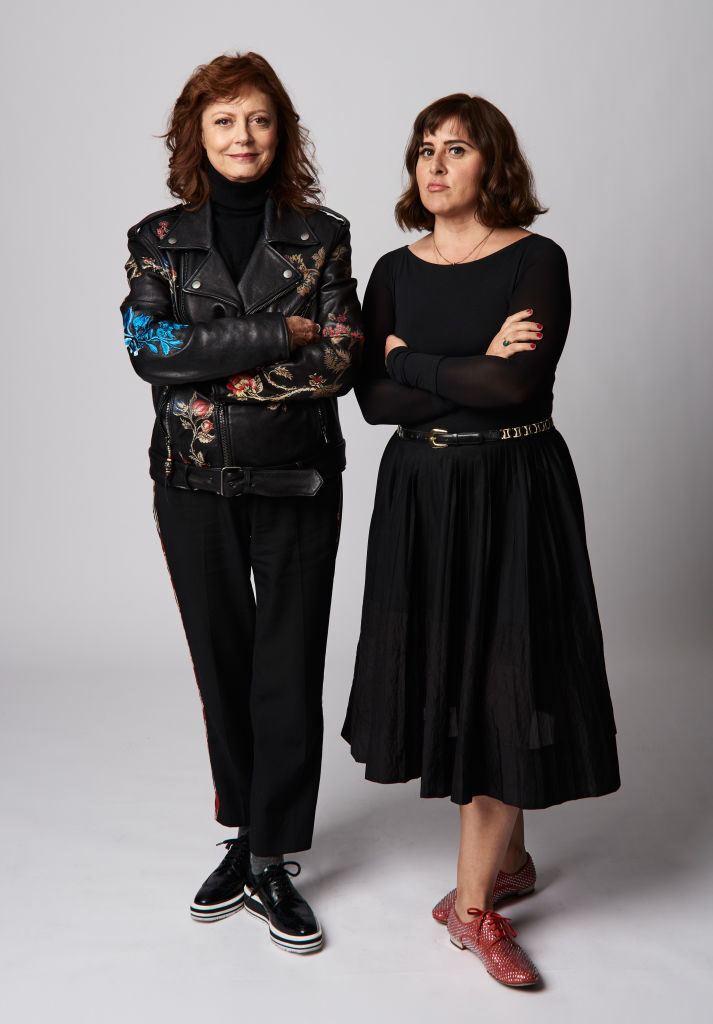
Iranian-American filmmaker Maryam Keshavarz, with American actress, Susan Sarandon (Photo by Gareth Cattermole/Getty Images)
Culture, in all its forms, can stimulate social connection, and film in particular is a powerful tool for communication. It can encourage and express ideas, and provide much- needed social commentary. It’s a snapshot of our time, or a fresh way to examine at the past. And as a new generation of Middle Eastern youth emerges, inspired by increasingly permissive policies and modern attitudes, the rest of the world looks on curiously to see what will come next.
- Words: Laura Beaney

